Yes, that’s a pretentious title, a phrase I borrowed from the book COSTUME by Rachel Kemper for a blog I first wrote on the subject years ago. For Kemper fashion became available to the general populace, the masses, with the introduction of mail order catalogs. (Kemper’s book was first published in 1977 so Internet shopping had not yet become a factor in the retail world)
I don’t agree that fashion became available with the intro of catalogs. I think fashionable styles for everyone began with the invention of the sewing machine and, to some extent, before that with the use of machine produced cloth. Since the sewing machine did not come into common industrial usage until after 1850 be advised that this is a departure from my usual Regency based blogs.
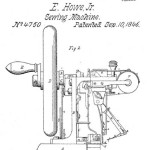 Elias Howe patented his machine in 1846. Despite the difficulties of securing financial backing and suits for infringement of his patents, the sewing machine eventually became a significant element in the production of clothes. The sewing machine remains an easily recognized staple of fashion and craft work. I would not say “every home has one” but I think most who have easy access to the Internet would recognize one.
Elias Howe patented his machine in 1846. Despite the difficulties of securing financial backing and suits for infringement of his patents, the sewing machine eventually became a significant element in the production of clothes. The sewing machine remains an easily recognized staple of fashion and craft work. I would not say “every home has one” but I think most who have easy access to the Internet would recognize one.
Shopping is my great escape (note: shopping, not buying). One of my favorite things to do is check out designer items at Saks and Neiman Marcus and then follow the styles down the economic scale to Kohls and Target. The phrase “knock off” is the current inelegant description of this process.
 The dress with pink trim is by Missoni and cost more than $1,000. The Dress with the navy bodice is a “knock off” that costs $98. The difference, which is not apparent in the photos, is the quality of the product. The $98 dress will probably not last more than one season while the true Missoni can be worn for years, a veritable collector’s item.
The dress with pink trim is by Missoni and cost more than $1,000. The Dress with the navy bodice is a “knock off” that costs $98. The difference, which is not apparent in the photos, is the quality of the product. The $98 dress will probably not last more than one season while the true Missoni can be worn for years, a veritable collector’s item.
Making that trend their own, designers like Vera Wang, of the fabulous (and expensive) wedding dresses, have designed clothes for Target, making stylish clothes available at an affordable price.
Here’s a look at this from a different perspective. The brilliant monologue on how a specific color made its way to the masses in THE DEVIL WEARS PRADA delivered by Meryl Streep is one of my favorite illustrations of the “democratization of fashion.” https://www.youtube.com/watch?v=vL-KQij0I8I
Wearing clothes with a sense of style transcends economic status as the blogger www.Sartorialist.com illustrates. But the clothes have to be available. The sewing machine made that possible over one hundred years ago as has the mail order catalog and now the Internet.
After the printing press I think that the sewing machine was one of the great social equalizers of all time.
Your thoughts?



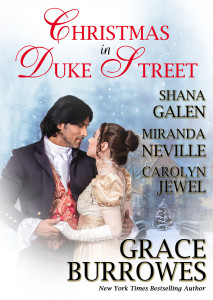
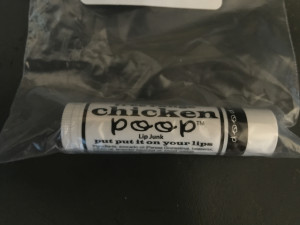
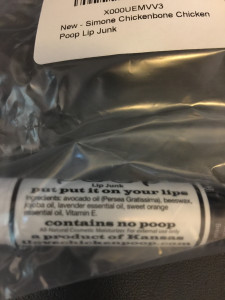


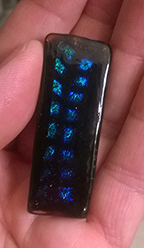
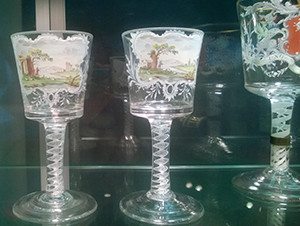

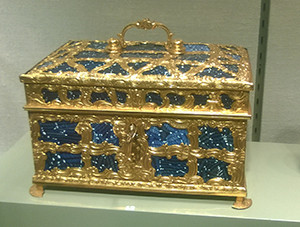
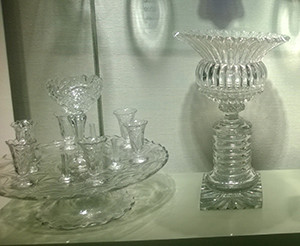 And here are some items I could see gracing a Regency dining table: “Dessert Stand: England, about 1715-80. This set consists of a revolving stand, jelly glasses, flower vases, and a central sweetmeat glass.” and “Pineapple Stand: England about 1830. This cut crystal stand was used to display pineapples, which were an exotic, highly prized status symbol in 19th century England.”
And here are some items I could see gracing a Regency dining table: “Dessert Stand: England, about 1715-80. This set consists of a revolving stand, jelly glasses, flower vases, and a central sweetmeat glass.” and “Pineapple Stand: England about 1830. This cut crystal stand was used to display pineapples, which were an exotic, highly prized status symbol in 19th century England.”